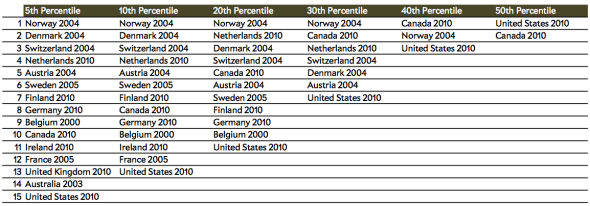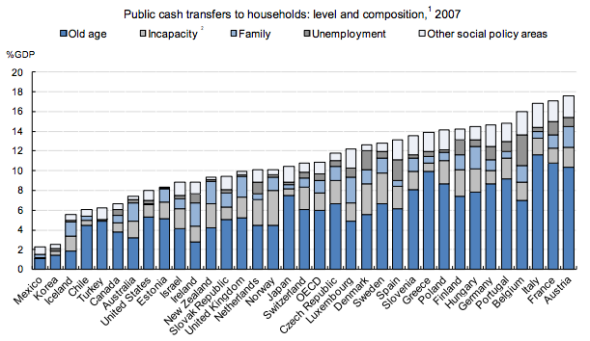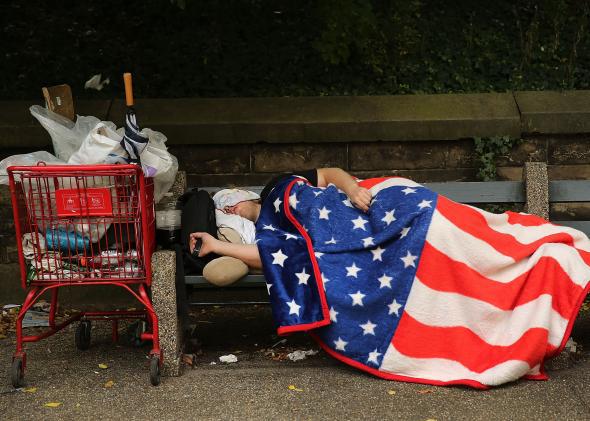You might be under the impression that America’s poor are only poor by American standards. After all, the United States is a rich nation, and hey, practically anyone here can at least afford a decent TV.
But no. As Matt Bruenig illustrates at Demos today, low-income Americans get an exceptionally raw deal for residents of the developed world. Using data compiled by LIS, he’s ranked countries by how much income individuals have at their disposal throughout the bottom half of the economic distribution. At the 10th percentile, the U.S. ranks 13th. At the 20th percentile, it reaches 11th—moving up the rankings as it approaches the middle class.
Per Capita Income Across the Developed World (2005 Dollars, PPP Adjusted)

Jordan Weissmann (Adapted from Matt Bruenig of Demos)
Some of the figures from Europe and Australia predate the Great Recession, which put a dent in incomes worldwide. But the list should still give you a sense of how far behind America’s poor are compared with their counterparts in other affluent countries. At the 10th percentile, for instance, Norwegians have almost 60 percent more income than Americans. (Their data may only be good through 2004, but the country is currently enjoying a 3.8 percent unemployment rate. Chances are, living standards haven’t fallen off much.). Canadians have about 30 percent more income.

Jordan Weissmann
In the end, this is really a story about different kinds of welfare states. LIS measures post-tax and transfer income—so these figures include benefits like social security payments, though not benefits like health care. When sociologist Lane Kenworthy looked at LIS data spanning from the 1980s through the early 2000s, he found that “in most of the countries in which bottom-decile incomes increased, the source of that rise was government transfers.” Incomes of the poorest 10 percent rose slightly in the United States over that time period thanks to the wide prosperity that followed the Internet boom, but less than in countries that chose to channel economic growth into a more supportive safety net.
On that front, the U.S. has remained relatively stingy. According to the OECD, we spend a smaller percentage of our economy on cash-transfer programs to help needy individuals like the elderly and unemployed than 26 other developed countries. America’s poor are poor by global standards because we’ve decided to leave them so.

Correction, Jan. 6, 2015: Due to a transcription error, the first chart in this post originally mislabeled data from Sweden in 2005 as from Austria in 2000. The mistake did not affect how the U.S. ranked.
